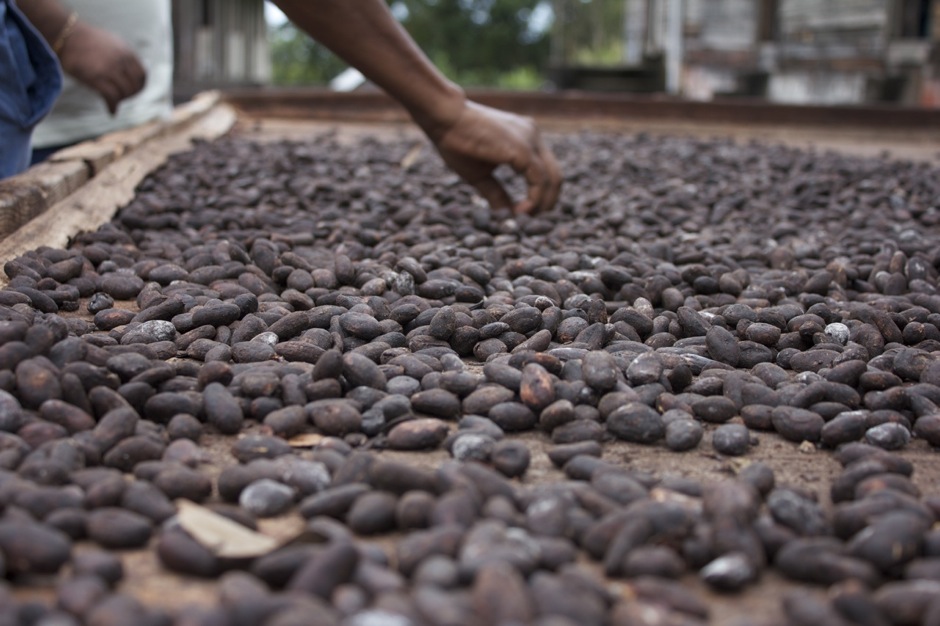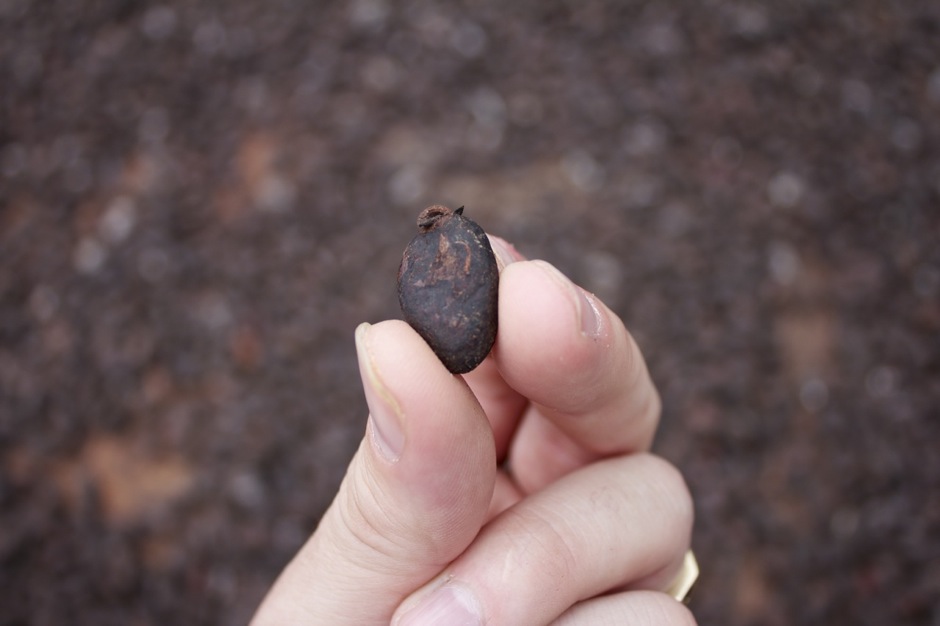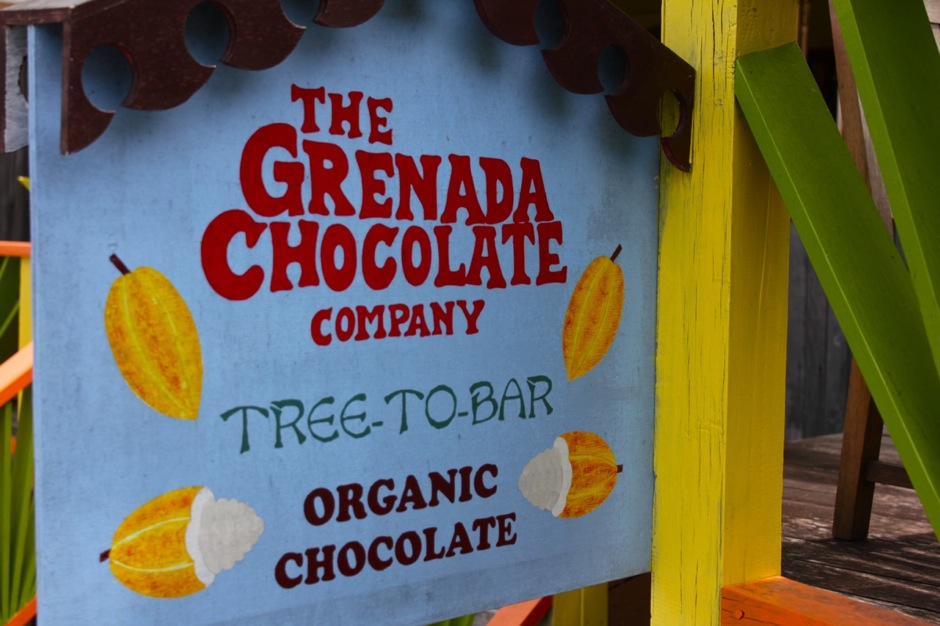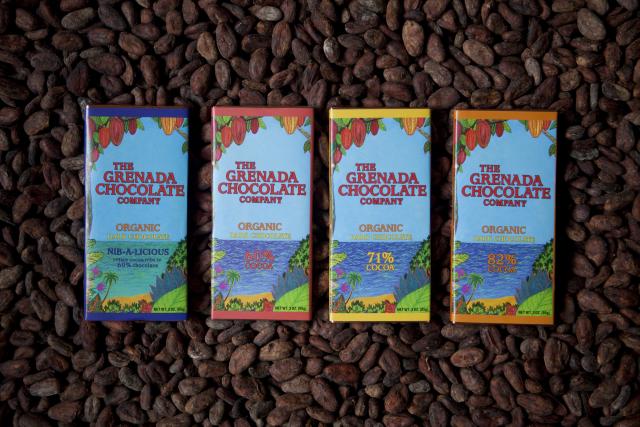Join Joshywashington in Grenada as he watches the beans of the Theobroma cacao tree transform into bars of delicious, organic chocolate.
A visit to the Grenada Chocolate Company and the Dougaldston Spice Boucan enlightens me to the time honored tradition of fine chocolate making. Grenada has been producing some of the finest cacao beans for over 300 years and proudly carries on the sweet tradition in the form of award winning chocolate.
From verdant volcanic soil to succulent velveteen truffle, here is the journey of the Cacao bean, one of earth’s yummiest creations.
[Josh’s trip to Grenada was sponsored by Tourism Grenada. ]

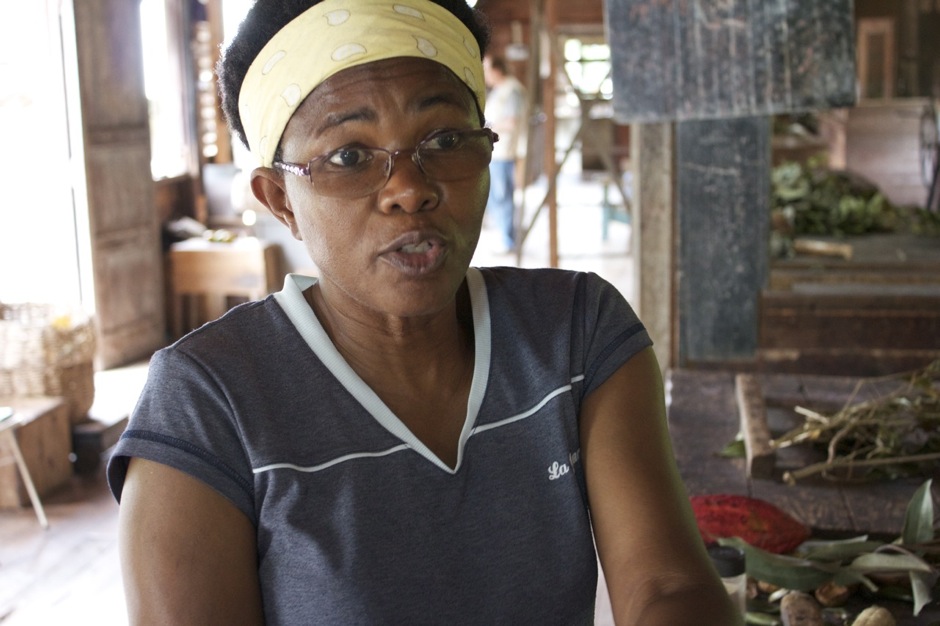

Intermission
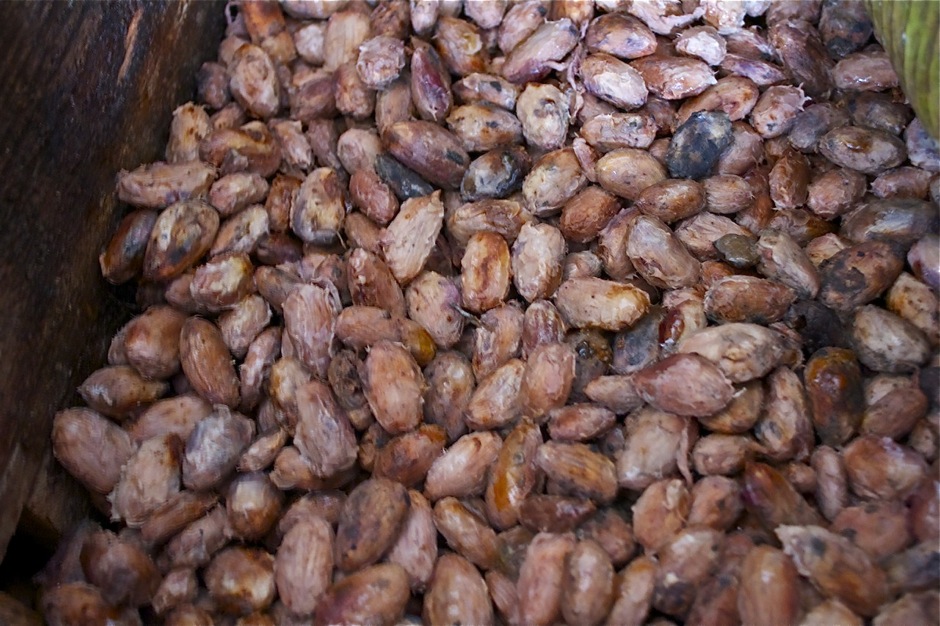

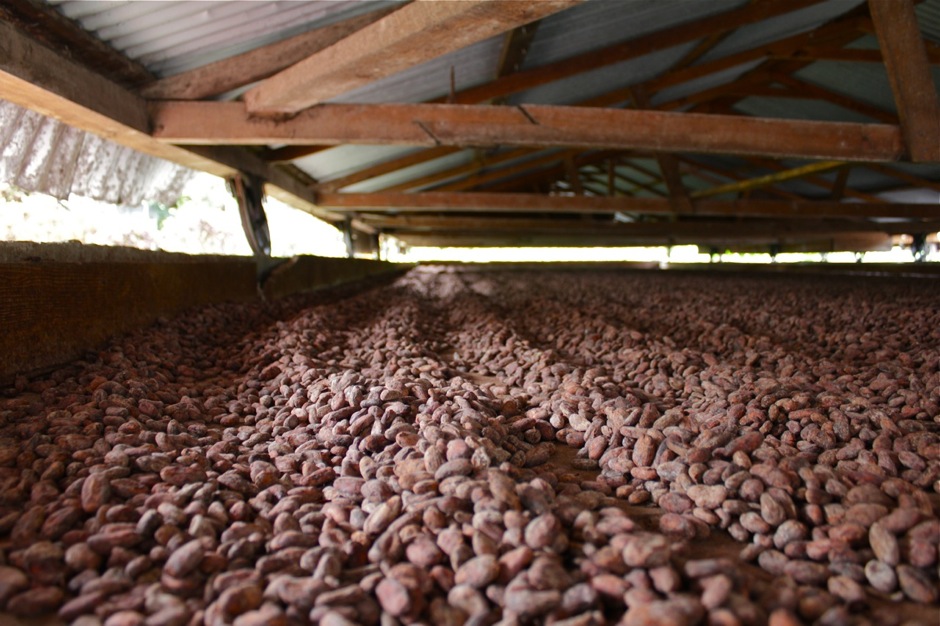

Intermission
